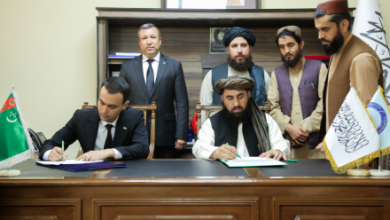Russia and Ukraine Resume Peace Talks in Istanbul Amid Escalating Conflict
Russian and Ukrainian officials met on Monday in Istanbul for their second round of direct peace talks since 2022, aiming to find a resolution to the ongoing war. Despite the talks, both sides remain deeply divided on how to end the conflict, and fighting has intensified on the ground.
Background and Previous Talks
The first round of talks on May 16 resulted in the largest prisoner exchange of the war but failed to produce a ceasefire or peace agreement, with both sides presenting their opening positions without compromise. Ukraine’s Defense Minister Rustem Umerov led the Ukrainian delegation this time, while the Russian side was headed by Kremlin aide Vladimir Medinsky, who emphasized that war and negotiations should proceed simultaneously.
Key Issues and Positions
Ukraine proposed a detailed peace roadmap including a minimum 30-day ceasefire, full prisoner exchange, return of Ukrainian children taken to Russian-held areas, and a possible meeting between Presidents Zelensky and Putin. Kyiv insists on no limitations on its military capabilities and rejects Russian claims over Ukrainian territory.
Russia, however, has not publicly shared its peace terms and reportedly demands Ukraine withdraw troops from four partially occupied regions and accept Russian control over Crimea and other annexed territories. Moscow also conditions a ceasefire on Ukraine halting mobilization and foreign military aid.
Military Escalations Amid Talks
The talks coincided with heightened military activity. Ukraine launched “Operation Spiderweb,” a large-scale drone strike targeting Russian airbases deep inside Russia, including strategic bombers capable of carrying nuclear weapons. In response, Russia conducted its largest drone assault on Ukraine, launching hundreds of drones overnight.
International Involvement and Outlook
The U.S., under President Donald Trump, has pressured both sides to reach a peace deal, warning it could “walk away” if negotiations fail. Representatives from Britain, France, Germany, and the U.S. are expected to participate in the talks to help merge the separate peace proposals into a unified agreement. However, with entrenched positions and ongoing hostilities, experts remain skeptical about immediate breakthroughs.





